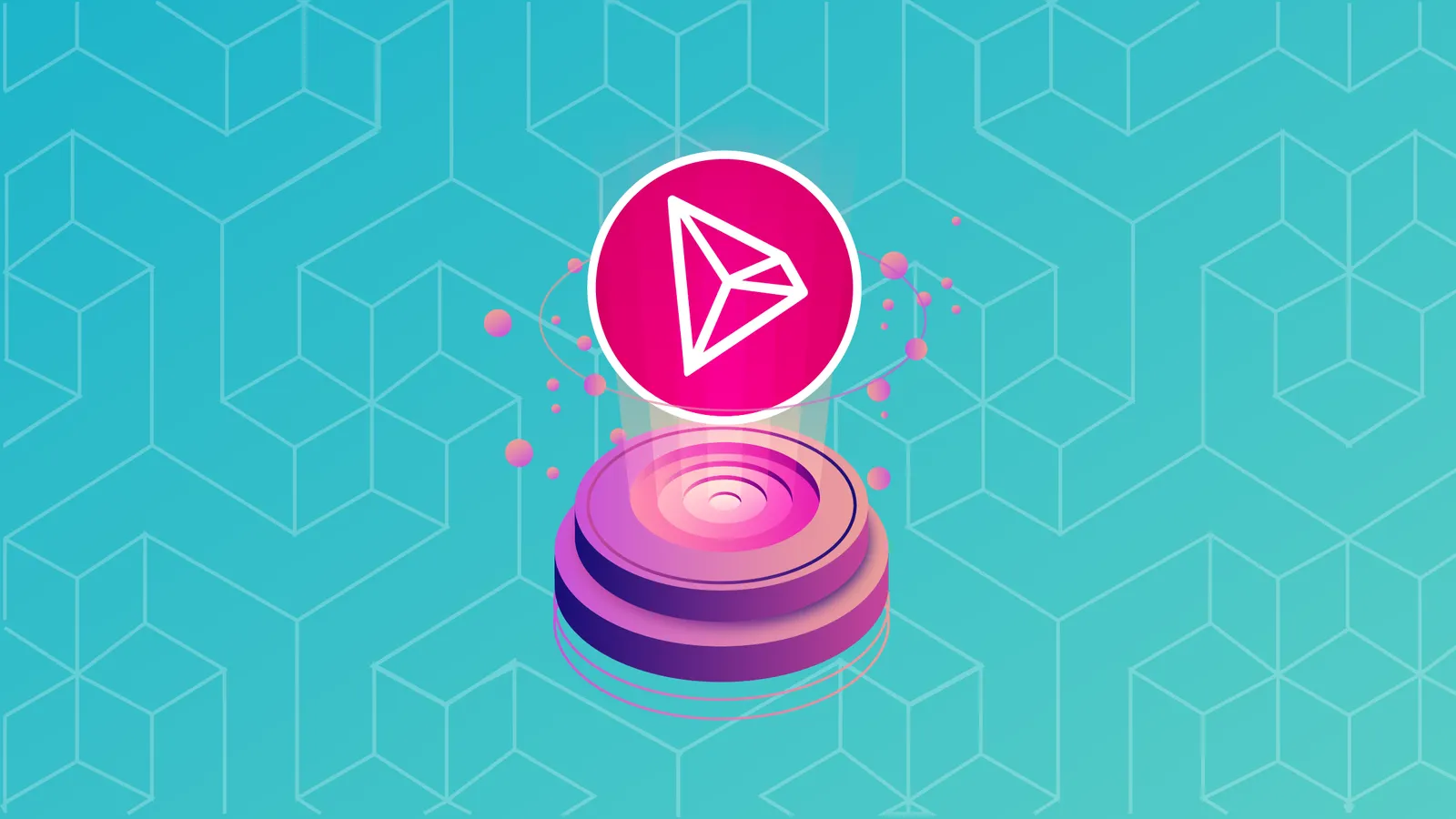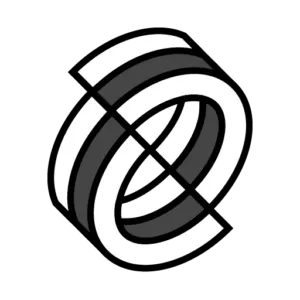Tronix (TRX), the native currency of Tron, is available on many large exchanges, which means that buying it is relatively simple. But there are nuances to the Tron economy that make staking TRX tokens different from the staking process on other blockchains.
Where can you buy TRX?
TRX is listed on more than 130 exchanges, including eToro, Kraken, FTX, SunSwap, Okcoin and Binance (in certain jurisdictions).
How do you buy TRX?
After choosing an exchange based on your needs—make sure to consider the platform’s fees, security features, level of support, and whether its interface is easy to use—you’ll need to sign up for an account.
After confirming your account with an exchange that supports Tron, you’ll have to fund your account. The specifics of how you do that will depend on the exchange you’re using and where you live. Typically, though, you’ll be able to place funds in your account using PayPal, a credit or debit card, a bank transfer, or by depositing from another crypto wallet.
Once funds are available in your account, you’ll be able to buy TRX.
Where can I keep my TRX?
If the exchange has a wallet—most exchanges offer their own custodial wallet service—you can store your TRX there. However, it’s worth noting that as they're based as they are on centralized platforms, exchange wallets are vulnerable to hacks, and exchanges can freeze accounts at their discretion.
For this reason, many in the crypto space advocate “being your own bank,” and using a non-custodial wallet to store your cryptocurrency. TRX can be stored in a non-custodial software wallet such as TronLink, or using a hardware wallet such as a Ledger for extra security.
You can also link your TronLink wallet to TronScan, Tron’s official blockchain browser, which can be used to vote, freeze and unfreeze tokens and look up, confirm and validate transactions on the Tron blockchain. More on voting and freezing tokens below.
How does staking work on Tron?
Tron uses a delegated proof-of-stake mechanism in which a total of 27 “super representatives” take turns producing and validating blocks. Super representatives are elected by a community vote every six hours.
Token holders can use their TRX to vote for super representatives. Each TRX token equals one vote, meaning that the more TRX you hold, the more you can vote.
But in order to vote, users first have to “freeze” their TRX for a minimum of three days, in exchange for Tron Power; one Tron Power is equal to a single vote. Along with Tron Power, the user receives a choice of Bandwidth (used for free transactions on Tron) or Energy (used for free smart contract interactions). During this time their TRX is locked; the user doesn’t have access to their tokens other than for voting, though they can change their vote during this period. After three days, if users don’t wish to earn staking rewards by voting anymore, they can unlock their frozen Tron and use it for anything else.
Any account can also apply to become a super representative itself, but as an act of good faith, candidates are required to burn 9,999 TRX from their accounts before they can run.
How do staking rewards work on Tron?
The 27 winning super representatives get 16 TRX in exchange for every block they verify, according to the Tron Developers' Documentation.
A new block is added to the Tron blockchain roughly once every three seconds.
Super representatives have a brokerage ratio they can set to enable the platform to share rewards with their voters. For example, if the brokerage ratio is set to 20%, it will distribute 80% of the rewards they generate while “in office” to the accounts that voted for them, and to keep 20% for themselves, but this isn’t compulsory.
In practice, though, super representatives can dole out rewards at their own discretion, which means that the amount stakers can earn varies depending on who they delegate to.
Did you know?
The 100 runners-up with the highest vote count in each election—nodes 28 to 127—are called “super partners.” They can’t generate blocks like super representatives, but they do receive TRX voting rewards.
Sponsored post by Tron
Learn More about partnering with Decrypt.


